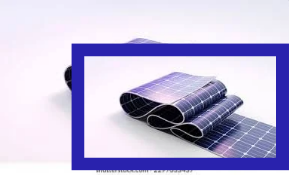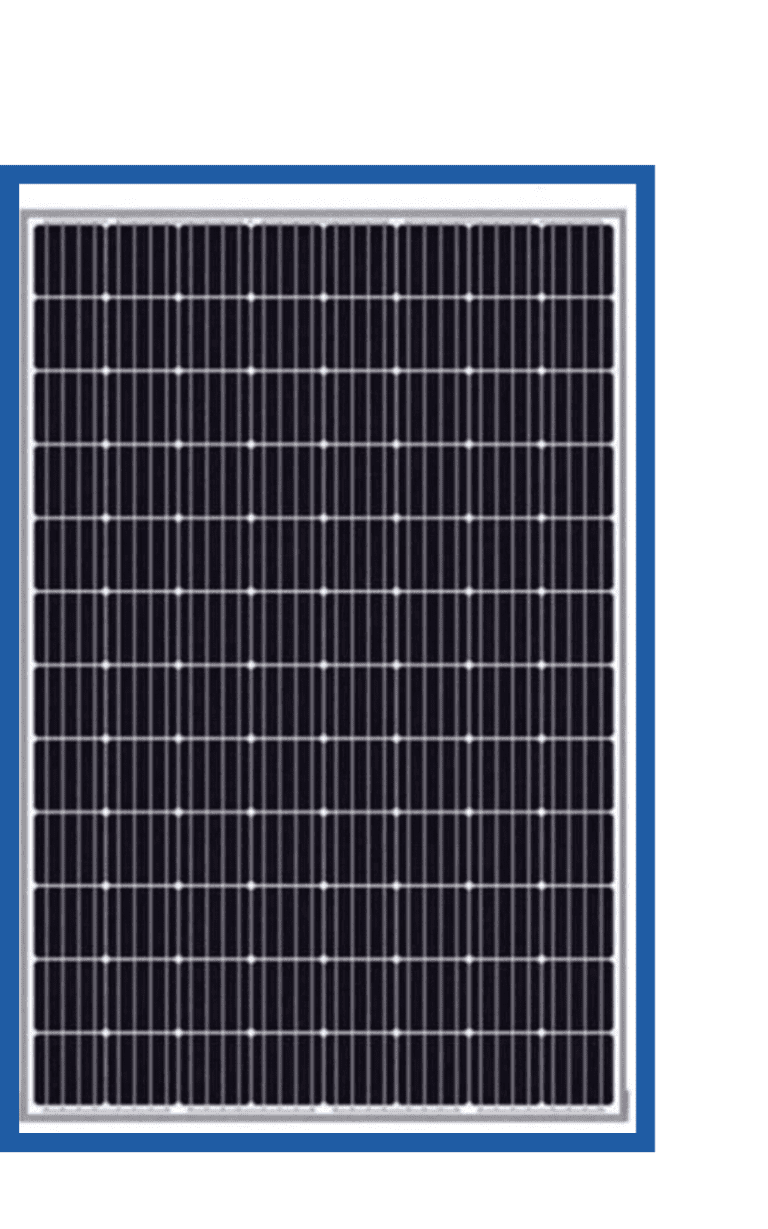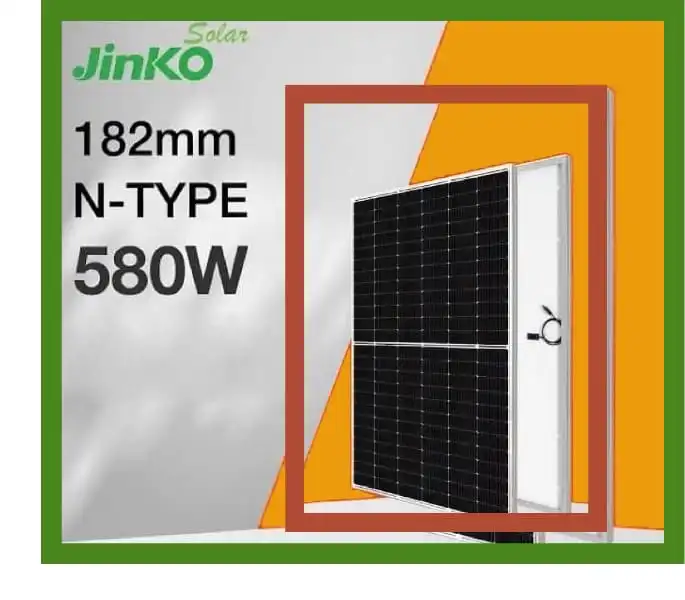solar generator for sale in Pakistan
Solar generator sale in Pakistan is increasing day by day due to several factors .
I. Introduction
A solar generator is a portable power source that harnesses energy from the sun, converting it into usable electricity. As the demand for renewable energy sources grows, solar generators have become increasingly popular for various applications, from powering household devices to serving as backup power during outages. This technology embodies the shift toward sustainable energy practices, offering an eco-friendly alternative to traditional fossil fuels.
The importance of solar energy cannot be overstated. With climate change posing a significant threat to the planet, the transition to renewable energy is critical. Solar energy is abundant, free, and inexhaustible, making it an ideal solution for reducing greenhouse gas emissions. Solar generators capitalize on this potential, providing users with clean energy that reduces reliance on the grid.
Solar generators have diverse applications. In residential settings, they can provide power for essential appliances during outages, ensuring comfort and safety. For outdoor enthusiasts, solar generators serve as an energy source for camping, RV travel, and remote work, allowing users to enjoy nature without sacrificing modern conveniences. Additionally, they are invaluable in emergency situations, delivering power when traditional energy sources may fail.
As technology advances, solar generators are becoming more efficient, compact, and affordable, making them accessible to a broader audience. This introduction sets the stage for a deeper exploration of solar generators, their components, workings, benefits, challenges, applications, and considerations for potential buyers.
II. Components of a Solar Generator
A solar generator consists of several key components that work together to convert sunlight into usable electricity. Understanding these components is essential for anyone considering a solar generator.
Solar Panels are the most recognizable part of a solar generator. They are made up of photovoltaic cells that capture sunlight and convert it into direct current (DC) electricity. There are three primary types of solar panels: monocrystalline, polycrystalline, and thin-film. Monocrystalline panels are known for their high efficiency and space-saving design, while polycrystalline panels are typically less expensive and easier to produce. Thin-film panels are lightweight and flexible, making them suitable for various applications.
Charge Controllers are crucial for regulating the flow of electricity from the solar panels to the batteries. They prevent overcharging and deep discharging of the batteries, which can lead to damage and reduced lifespan. There are two main types of charge controllers: PWM (Pulse Width Modulation) and MPPT (Maximum Power Point Tracking). MPPT controllers are generally more efficient, allowing for better energy capture from the solar panels.
Batteries store the electricity generated by the solar panels for later use. The most common battery types used in solar generators are lead-acid and lithium-ion. Lead-acid batteries are more affordable but heavier and have a shorter lifespan. Lithium-ion batteries are lighter, have a longer lifespan, and provide better performance, although they are more expensive.
Inverters play a vital role in solar generators by converting the stored DC electricity from the batteries into alternating current (AC) electricity, which is what most household appliances use. There are two main types of inverters: pure sine wave and modified sine wave. Pure sine wave inverters produce a cleaner, more stable power output, making them suitable for sensitive electronics, while modified sine wave inverters are more cost-effective but may not be suitable for all devices.
Finally, the Casing or Frame houses all these components, providing durability and protection against the elements. Portability is often a design consideration, especially for solar generators intended for outdoor use. Manufacturers strive to create lightweight and robust designs that can withstand various environmental conditions.
Understanding these components helps consumers make informed choices when selecting a solar generator that meets their energy needs and usage scenarios.
III. How a Solar Generator Works
The operation of a solar generator is a fascinating process that involves converting sunlight into electrical energy through a series of steps. Understanding this process can help users appreciate the efficiency and functionality of solar technology.
The process begins with solar energy collection. Solar panels, composed of photovoltaic cells, absorb sunlight and convert it into direct current (DC) electricity. The efficiency of this conversion depends on the type and quality of the solar panels used. Factors such as the angle of sunlight, shading, and temperature can also influence the amount of electricity generated.
Once the solar panels convert sunlight into electricity, the charge controller plays a critical role in managing this energy. It regulates the flow of electricity from the solar panels to the batteries, ensuring they are charged efficiently and safely. The charge controller prevents overcharging, which can lead to battery damage, and maintains optimal battery health by managing the discharge process.
The generated electricity is then stored in batteries. These batteries act as reservoirs of energy, allowing users to access stored power when needed, even when the sun isn’t shining. The type of battery used can affect the overall performance and efficiency of the solar generator. Lithium-ion batteries, for example, have a higher energy density, allowing for more compact designs and longer usage times.
When electricity is needed for use, the stored DC electricity must be converted into alternating current (AC) electricity through the inverter. The inverter is responsible for converting the DC power from the batteries into AC power that can be used by most household appliances and electronics. There are two primary types of inverters: pure sine wave and modified sine wave. Pure sine wave inverters provide a cleaner power output, making them suitable for sensitive devices, while modified sine wave inverters are typically less expensive but may not be ideal for all applications.
Finally, many solar generators come equipped with monitoring systems that provide real-time data on battery levels, energy production, and consumption. This information allows users to manage their energy usage more effectively, ensuring that they maximize the efficiency of their solar generator.
In summary, the functioning of a solar generator involves a seamless interplay between solar panels, charge controllers, batteries, and inverters. This integration of components allows users to harness solar energy for various applications, promoting sustainability and energy independence.
IV. Advantages of Solar Generators
Solar generators offer a range of advantages that make them an appealing choice for energy needs in various situations. Their benefits span environmental, economic, and practical considerations, contributing to the growing popularity of this technology.
1. Renewable Energy Source: Solar energy is abundant and renewable, making it an ideal choice for sustainable power generation. Unlike fossil fuels, which are finite and contribute to environmental degradation, solar energy is free and inexhaustible. By utilizing solar generators, users can reduce their carbon footprint and contribute to the global effort to combat climate change.
2. Environmental Benefits: Solar generators produce electricity without emitting greenhouse gases, helping to mitigate air pollution and its associated health risks. This clean energy source contributes to better air quality and reduces the overall environmental impact compared to traditional power generation methods.
3. Cost Savings: While the initial investment in solar generators can be higher than conventional generators, the long-term savings are significant. Solar energy is free once the system is installed, leading to reduced utility bills and lower operating costs. Many users find that their solar generators pay for themselves over time through savings on electricity.
4. Energy Independence: Solar generators provide users with the ability to generate their own power, reducing reliance on the grid and utility companies. This independence is particularly beneficial in remote areas where access to traditional power sources may be limited. In emergencies, solar generators can supply essential power when the grid fails, enhancing resilience during power outages.
5. Portability and Versatility: Many solar generators are designed to be portable, allowing users to take them on camping trips, road trips, or outdoor events. This versatility makes them suitable for a variety of applications, from powering small devices to serving as backup power for essential home appliances.
6. Low Maintenance: Solar generators generally require minimal maintenance compared to conventional generators. With no moving parts and fewer mechanical components, they are less prone to wear and tear. Occasional cleaning of the solar panels and battery maintenance is usually sufficient to keep the system functioning optimally.
7. Quiet Operation: Unlike gas-powered generators, which can be noisy and disruptive, solar generators operate silently. This makes them ideal for residential use, camping, and outdoor gatherings, where noise reduction is essential for comfort.
8. Incentives and Rebates: Many governments and organizations offer incentives, tax credits, and rebates for adopting solar energy solutions. These financial incentives can significantly reduce the overall cost of purchasing a solar generator, making it more accessible to a broader audience.
In conclusion, the advantages of solar generators are multifaceted, ranging from environmental benefits to economic savings. As technology continues to advance, solar generators are likely to become even more efficient and cost-effective, further solidifying their role in the transition to a sustainable energy future.
V. Limitations and Challenges
While solar generators offer numerous benefits, they also come with limitations and challenges that potential users should consider. Understanding these drawbacks is crucial for making informed decisions about energy solutions.
1. Initial Costs: One of the most significant barriers to adopting solar generators is the upfront investment required. High-quality solar panels, batteries, and inverters can be expensive, making the initial cost a consideration for many consumers. Although prices have been decreasing over the years, the initial financial outlay may still deter some individuals and businesses from investing in solar technology.
2. Weather Dependency: The effectiveness of solar generators relies heavily on weather conditions. Solar panels generate less electricity on cloudy or rainy days, and their efficiency drops significantly in winter months when sunlight is limited. Users in regions with prolonged cloudy weather may find their solar generators less reliable for consistent energy production.
3. Storage Capacity Limitations: The amount of electricity that can be stored in batteries is finite. Users must carefully calculate their energy needs to ensure they have sufficient storage capacity for their requirements. Running out of stored energy can be inconvenient, especially in situations where immediate access to power is necessary.
4. Maintenance Requirements: While solar generators require less


